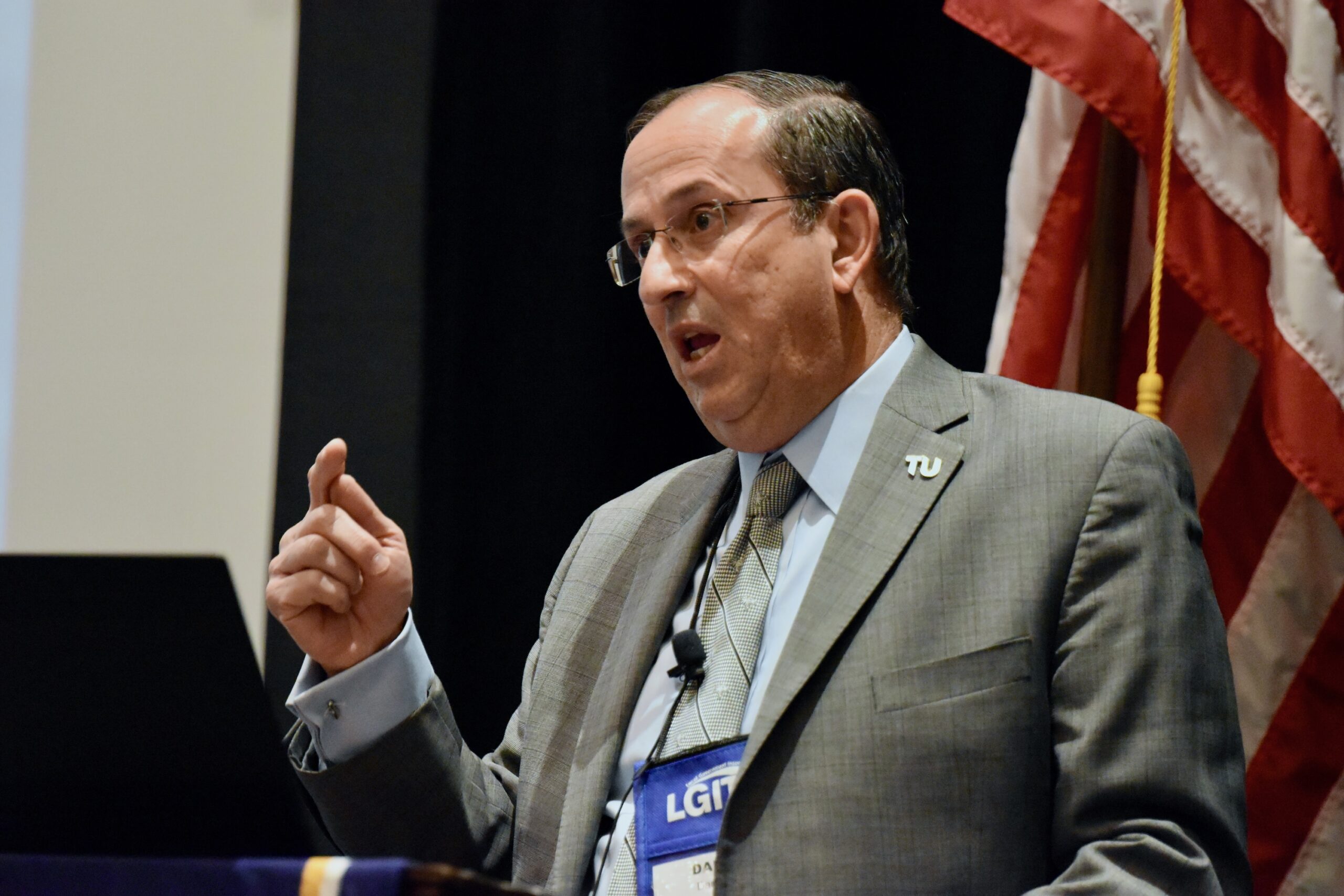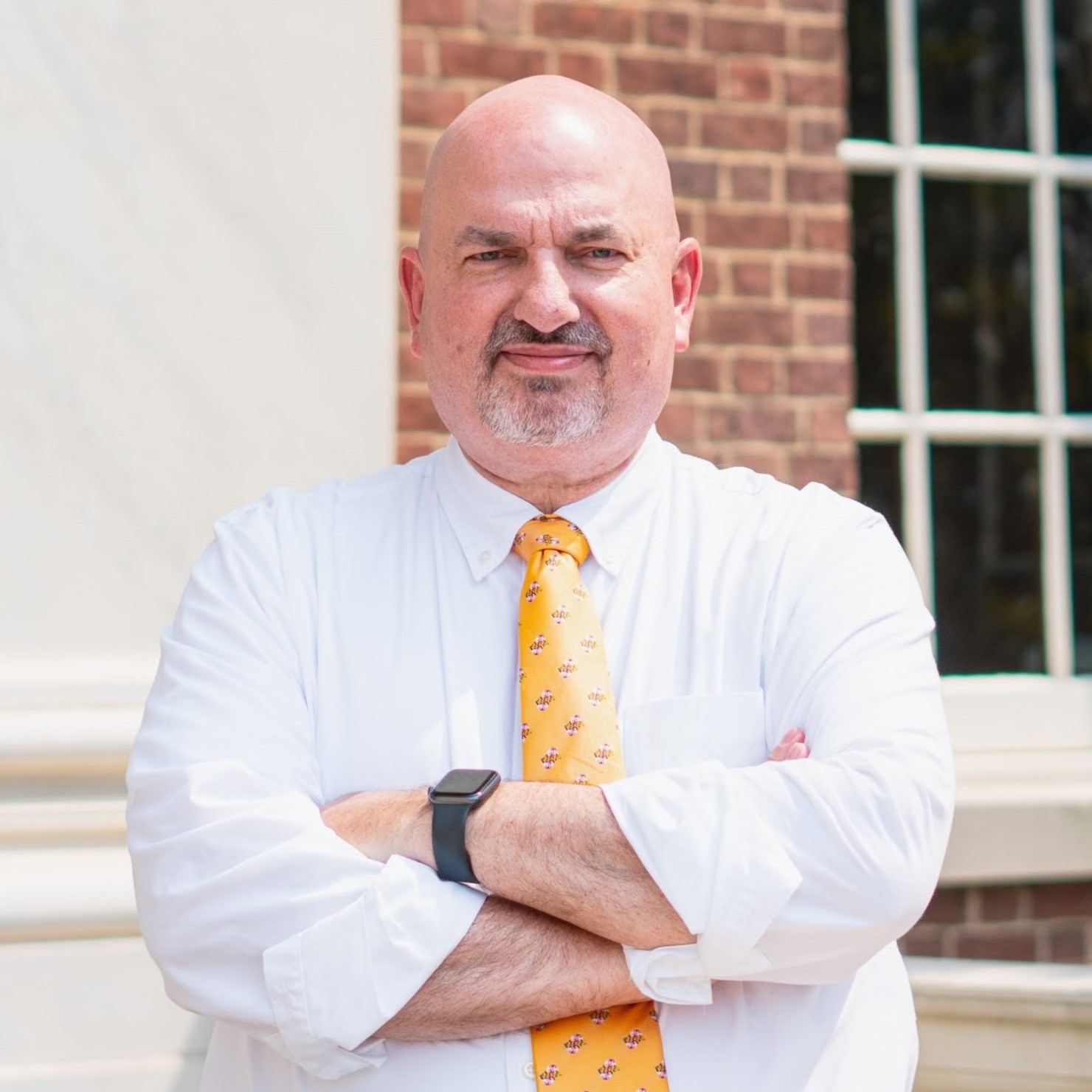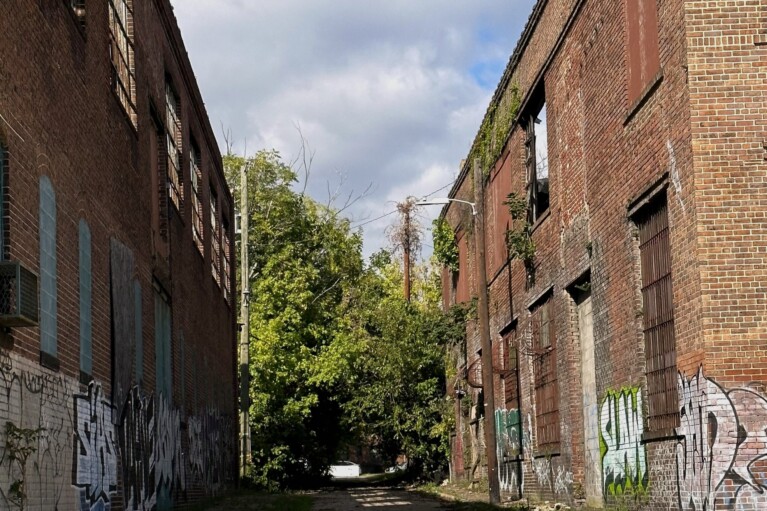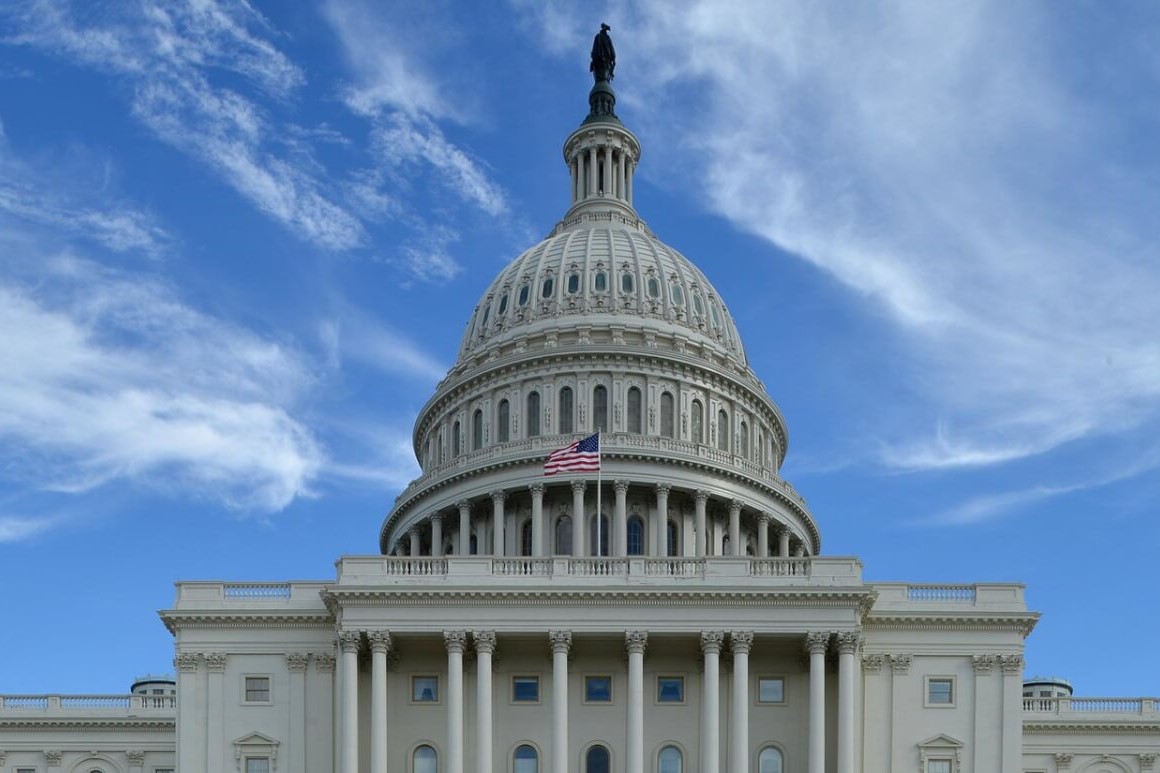Economist calls for growing state population to grow economy

Maryland needs to grow its population as part of an effort to grow its economy and pull itself out of a budgetary morass, according to one economist.
That message comes just weeks before lawmakers head to Annapolis next month facing a series of difficult budgetary decisions as federal pandemic aid dries up.
A state economy over-dependent on jobs tied to the federal government is not firing on all cylinders as some employers, including state government, struggle to fill open positions, said Daraius Irani, an economist at Towson University.
“I would argue the only way we can do this successfully is to grow our population and grow the number of businesses,” said Irani. “If we don’t do that, we’re just going to shrink. And that’s going to be the end of the investment challenge.”
Irani’s assessment to county leaders, who gathered in Cambridge this week at the Maryland Association of Counties winter conference, was delivered as state and local governments’ fiscal leaders are preparing for difficult budget choices.
Gov. Wes Moore (D) has pointed to the state’s lowest in the nation unemployment rate (the percentage of people who are not working but are seeking work), at 1.6%, as a sign of an improving labor situation.
But Irani noted that the state’s 65.3% labor participation rate (the percentage of people who are either working or actively seeking work) is about 4 points lower than before the pandemic.
“Maryland has not recovered,” said Irani. “That’s about 130,000 missing workers. Now where do they go? Well, they’re still in the state because we’re still counting them as sort of part of the population, according to the Census.”
The state benefited from federal aid during the COVID-19 pandemic and federal dollars that flooded state coffers created historic budget surpluses.
Those surpluses have run their course.
“We just are not performing at the level of assets we have,” said Irani. “That’s going to be a challenge because if we’re not performing as well, our [gross domestic product] is not growing as much. It means our tax revenues aren’t growing as much.”
In November, legislative budget analysts told members of the joint Spending Affordability Committee that the state’s five-year picture includes hundreds of millions in structural deficits that balloon to $2 billion by fiscal 2029.
The projection raises the specter of tax increases.
Over the next five years, revenues are projected to grow 3.5% annually while spending is expected to grow 5%, according to the analysts.
Moore finds himself facing difficult budget choices and has been hesitant to say no to anyone. In August, he warned county lawmakers of difficult choices ahead in the second year of his term.
“We saw [Tuesday] an announcement of a $3.3 billion cut in transit or transportation dollars,” Irani said. “That’s sort of a way to achieve that. I would argue that one thing we really have to think about is: Do we cut? Do we raise taxes, or do we grow the population? I’d like to grow the population.”




 Creative Commons Attribution
Creative Commons Attribution